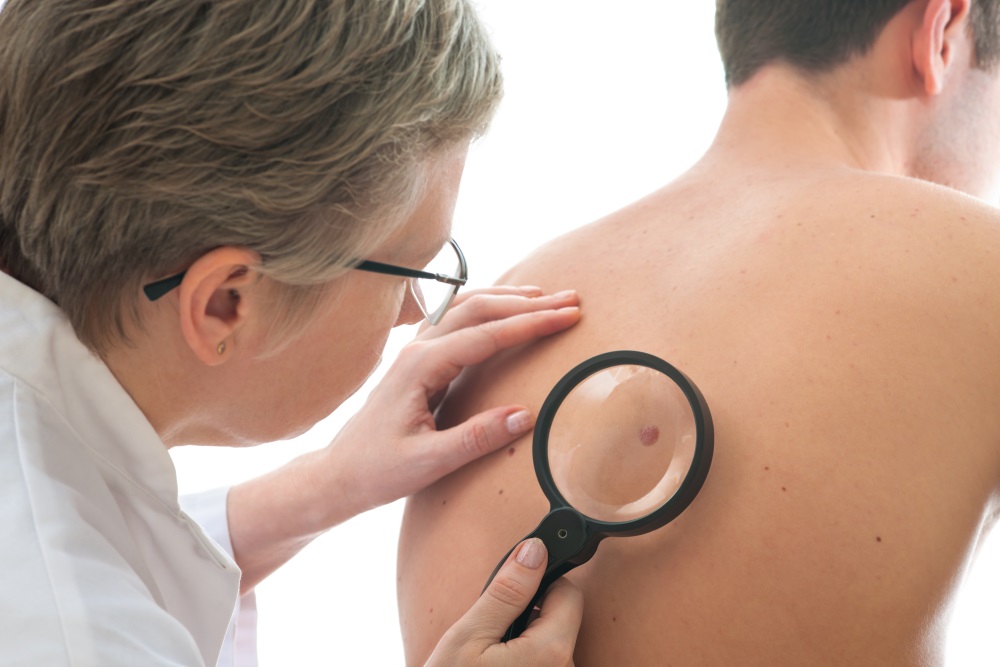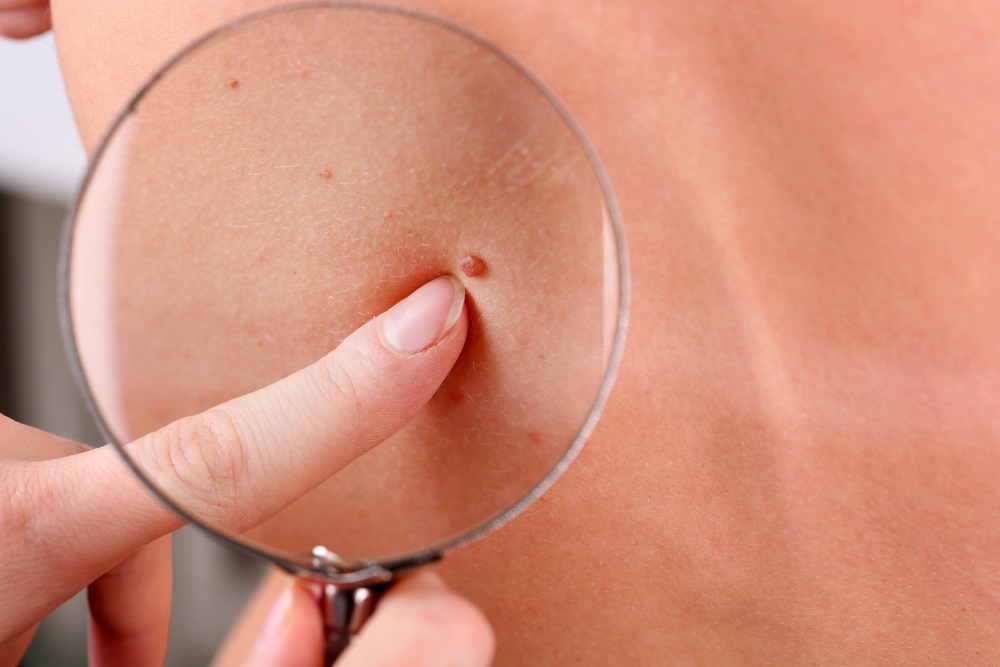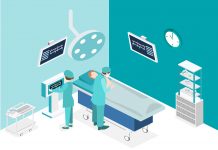
No matter how many times you read or re-read a book, there are some subjects and content during medical school (or any school) that you aren’t going to be able to understand fully unless you directly look to it. Personally, it was really, really difficult to understand some physical exam maneuvers until I got the chance to see a senior resident perform them in front of me, and that’s the case with many subjects during our career. This is the truest of all when talking about dermatology. There’s no way to learn the form, disposition, color, or distribution of the thousands (or maybe millions) of skin lesions out there. Of course, there are dermatology atlases, but still, nothing compares to the real experience, the actual physical presence. But, what if we could do something else to improve this issue?

Researchers from the PL Reichertz Institute for Medical Informatics at the Hannover Medical School in Hannover, Germany and the Universitätsklinik für Dermatologie und Allergologie, at the Klinikum Oldenburg AöR in Oldenburg, Germany have designed a new tool to impart dermatology classes to medical students using mobile Augmented Reality (mAR). Even though simple, we believe it is groundbreaking because it was oriented to be usable by any medical student just with a smartphone through a downloadable app. The mechanism is fairly simple: once the app is installed, students will focus the camera of the smart device onto one of their classmates or their own skin, and the app will show users skin lesions, right on the spot (just like Pokemon Go will show you a Pokemon in the street). This ground-breaking app is called mARble-Derma (mobile Augmented Reality blended learning environment-dermatology).

It’s great to remove from our minds the concept that Augmented Reality is a toy. Well, it can work as one, but certainly, its usefulness goes beyond that function. For the purpose of this study, five skin conditions were selected: malignant melanoma, basal cell carcinoma, psoriasis vulgaris, bullous pemphigoid, and atopic dermatitis, all of which were loaded onto the app. After this, 44 medical students were picked and divided in two groups. One of the groups was to study these five conditions using the mARble-Derma app, and the other group would use a more traditional studying system, such as an atlas, textbooks, and flashcards. The mood of the participants would be assessed through a Profile of Mood States (POMS) questionnaire, and the acquired knowledge about the 5 pathologies was assessed through a single choice test with 10 questions about them.

However, the results weren’t as exciting as the app promised to be. Between both groups, the difference in gained knowledge was minimal and statistically insignificant, even though a follow-up test 14 days later showed that the mAR group had a tendency to retain more knowledge than the standard learning method group. In regards to the mood of both groups, results were similar, with students from both groups ranking the experience with the same level of stimulation than the other one.

It may seem like the experience brought nothing to the table, but with the limitations stated (such as a group more focused on their studies than in complementary activities or the lack of usage time recording), it is very difficult to analyze all the variables that influenced this result. We feel that there are a lot of technical limitations that need to be solved for future studies, especially when almost every other study that involves Augmented Reality and medical education delivers opposite results than this one. We will wait for the next installment of this project, but sincerely love the idea of approaching dermatology with such and exciting method.








